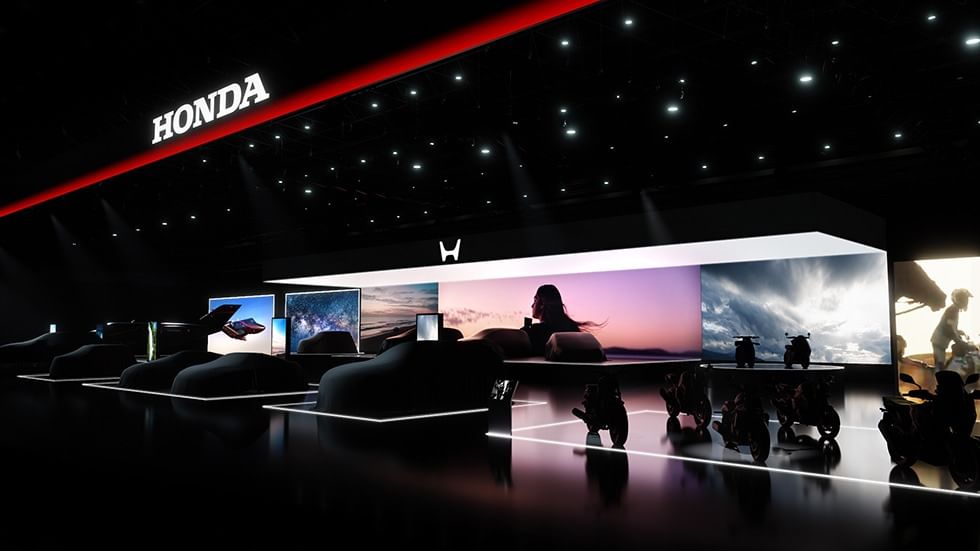“We didn’t just electrify cars; we reimagined what they could be,” said Toshihiro Mibe, president and CEO of Honda Motor Co., introducing the company’s Zero Series at the Japan Mobility Show 2025.
The new lineup marks Honda’s first clean-sheet family of electric vehicles. It reflects the company’s effort to regain ground in an industry rushing toward electrification and software-driven mobility.
New Platform, New Direction
The Zero Saloon and Zero SUV are built on a new EV architecture developed under the “Thin, Light, and Wise” philosophy. Both models aim to combine efficiency with a simplified design and will run on Honda’s ASIMO OS, a proprietary operating system that learns driver preferences.
The Zero Alpha prototype and the Acura RSX, an electric performance model for North America, were also presented. The Zero SUV will be the first to enter production.
Mibe said the series represents a restart of Honda’s EV ambitions. However, analysts note that competitors such as Tesla, BYD, Hyundai, and Kia have already achieved greater EV scale and software maturity, pushing Honda to accelerate execution globally.
Retaining the Driving Focus
Honda used the show to reinforce its commitment to driving engagement, even in the electric era. The Super One prototype, a compact EV, features a Boost Mode that simulates gear shifts and power delivery.
The company also displayed the Prelude hybrid, a sports coupe developed under Mibe’s direction. Both models demonstrate that Honda will continue prioritizing driver involvement, even as powertrains evolve.
Whether this strategy resonates with buyers as regulations push the market toward full electrification remains uncertain.
Key Highlights of Honda Motor at the Japan Mobility Show 2025
• Launch of Zero Series: Saloon, SUV, Alpha, and Acura RSX
• ASIMO OS to form the digital foundation for future EVs
• Super One EV and Prelude hybrid emphasize driver engagement
• EV Outlier two-wheeler concept explores post-2030 layouts
• Reusable rocket and HondaJet underscore broader mobility agenda
• Next-gen ADAS to reach production by 2027
• Execution pace, software capability, and cost control remain critical
Expanding the Mobility Scope
Honda’s display extended beyond passenger cars. The EV Outlier concept previewed a future electric motorcycle layout using in-wheel motors. The company also showcased a reusable rocket developed for low-emission propulsion, alongside the HondaJet, underscoring its ambition to apply mobility technology across multiple domains.
While such diversification aligns with Honda’s long-term identity as a mobility company, some industry observers caution that the company must focus resources on improving EV competitiveness and the speed of rollout.
Honda outlined progress in advanced driver-assistance systems (ADAS), which can navigate to destinations with minimal driver input. The system is undergoing testing in the United States and is expected to reach production by 2027.
The company continues to invest in digital systems, but its software integration remains behind that of leading global automakers.
A Reset with Challenges
 Honda’s Zero Series intends to rebuild its electric portfolio and regain strategic relevance. The technical direction — lightweight platforms, proprietary operating systems, and gradual software adoption — is sound.
Honda’s Zero Series intends to rebuild its electric portfolio and regain strategic relevance. The technical direction — lightweight platforms, proprietary operating systems, and gradual software adoption — is sound.
However, success will depend on the speed of industrialization, cost efficiency, and software execution amid the rush of EVs from rivals both in India and globally. Mibe’s focus on emotion and engineering continuity offers brand differentiation, but market competitiveness will hinge on delivery timelines and ecosystem strength.
